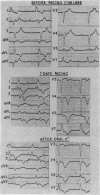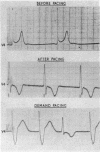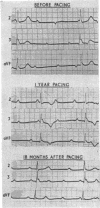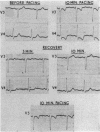Full text
PDF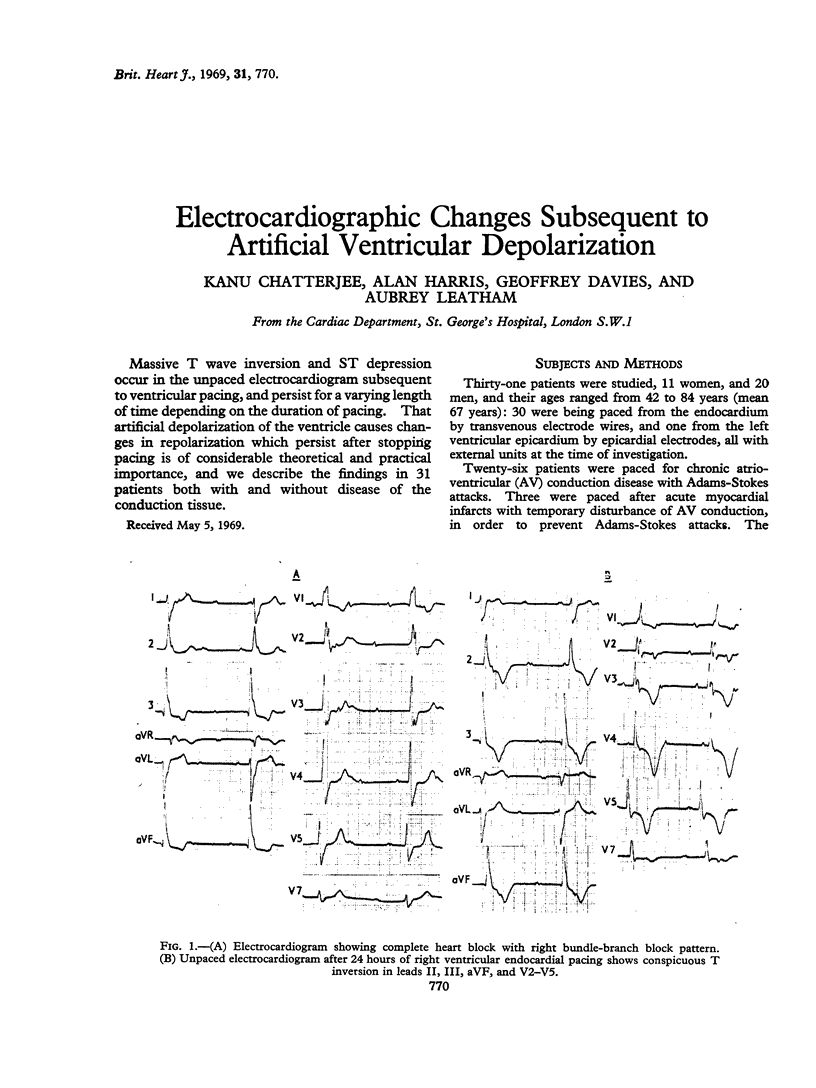
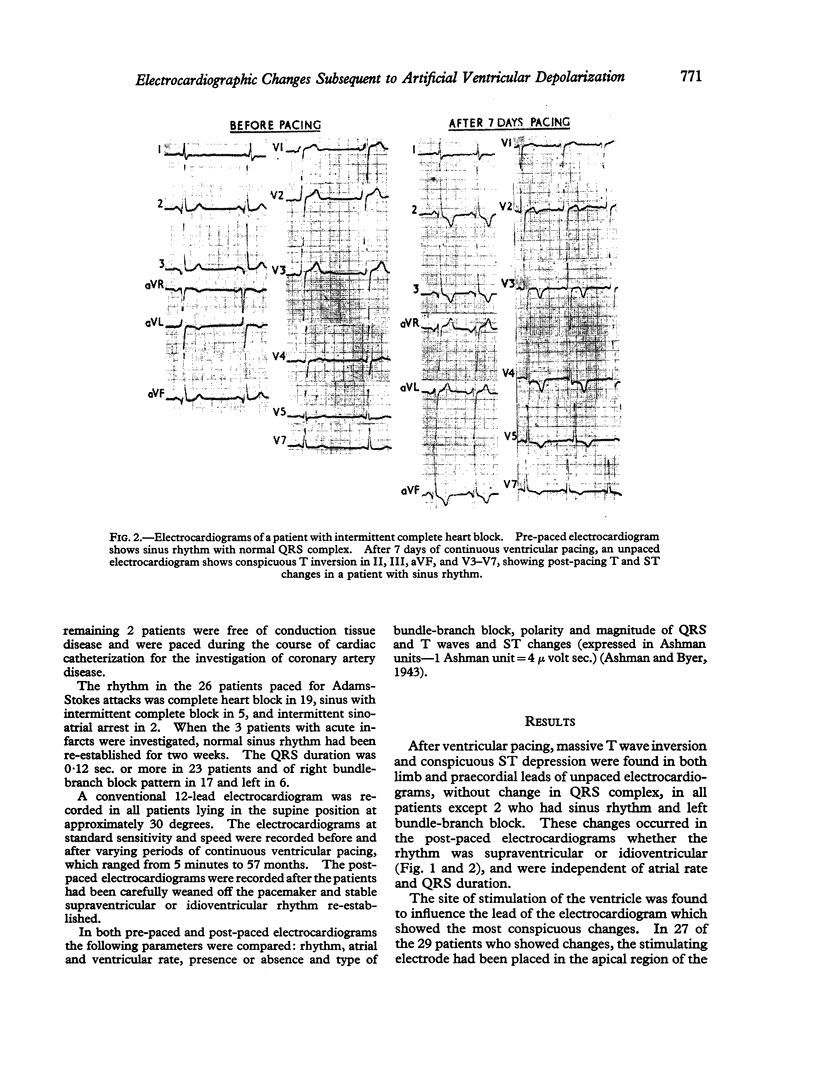
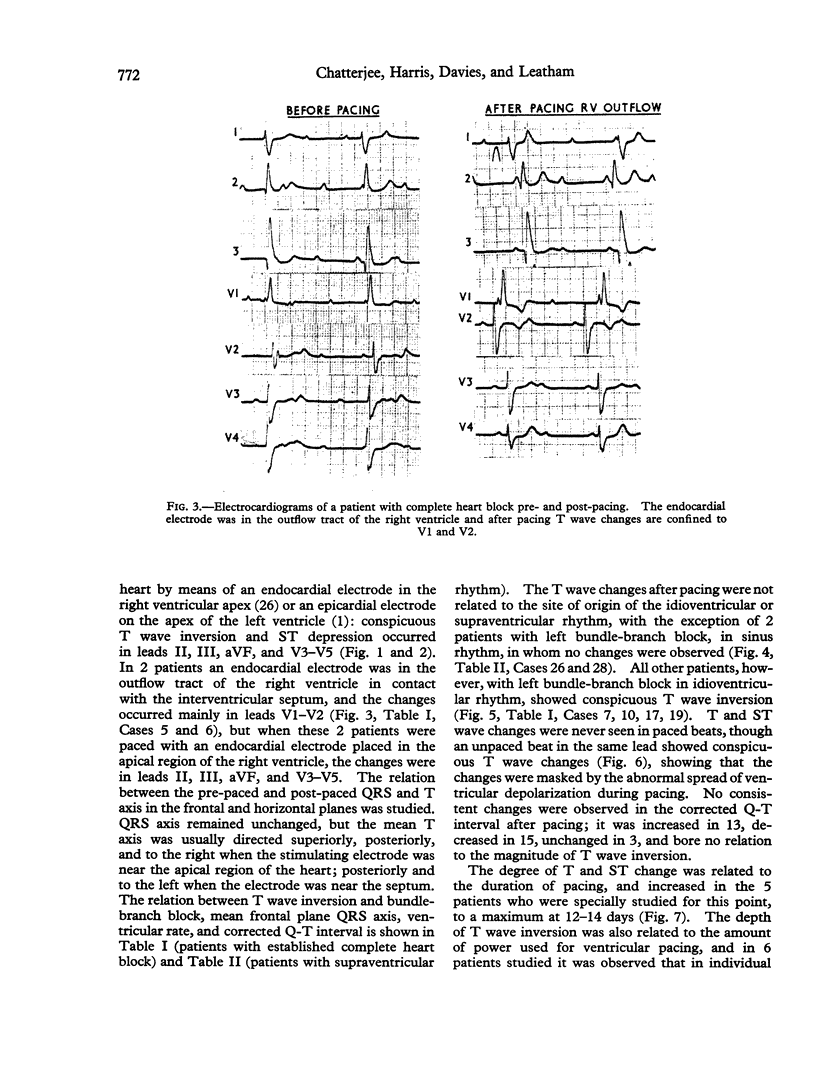
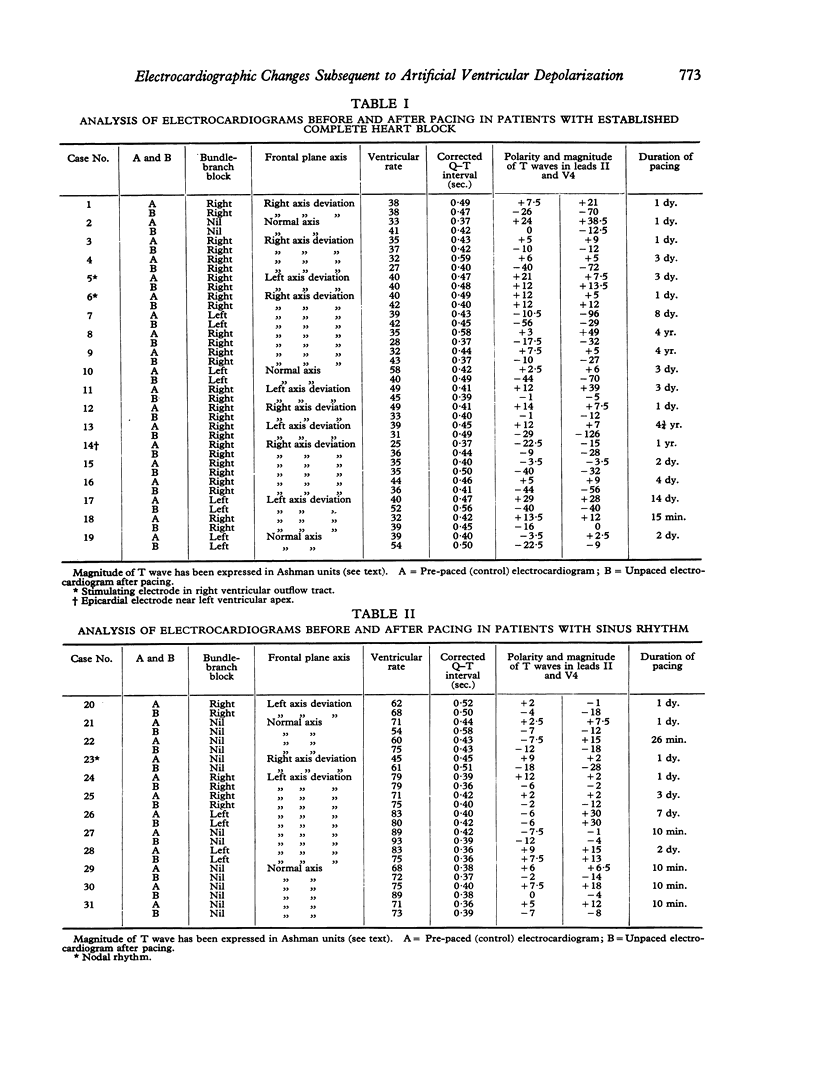
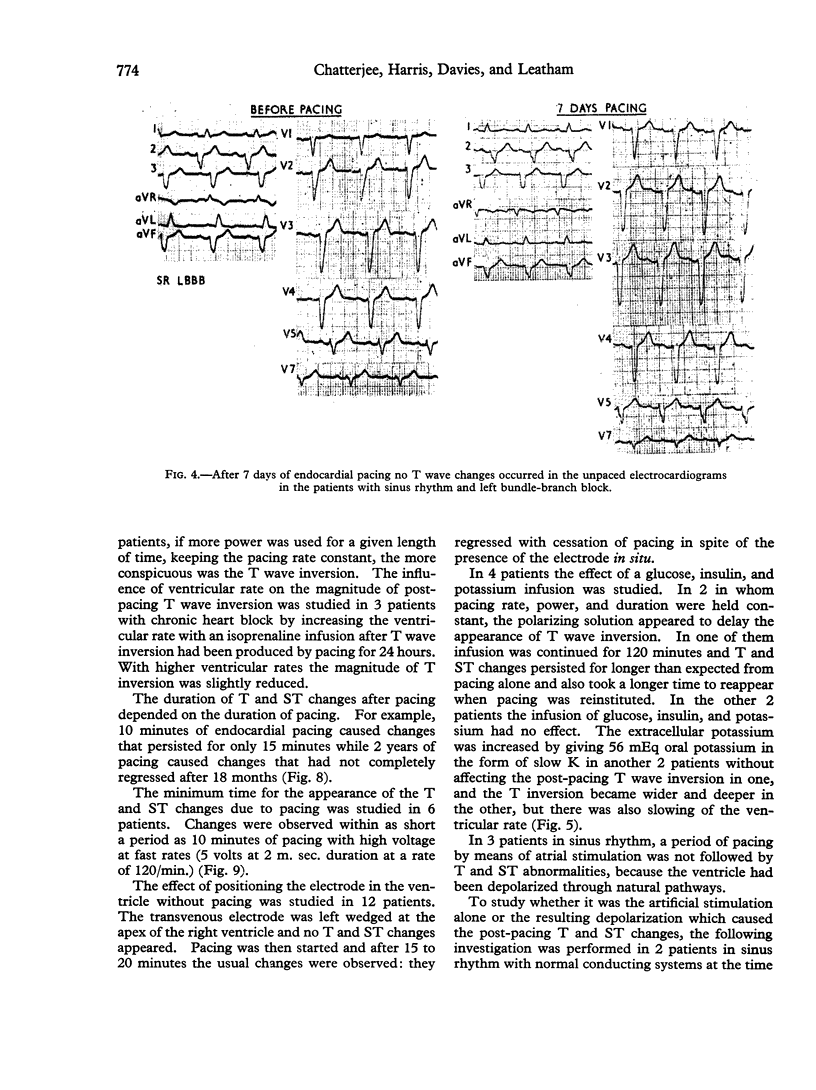
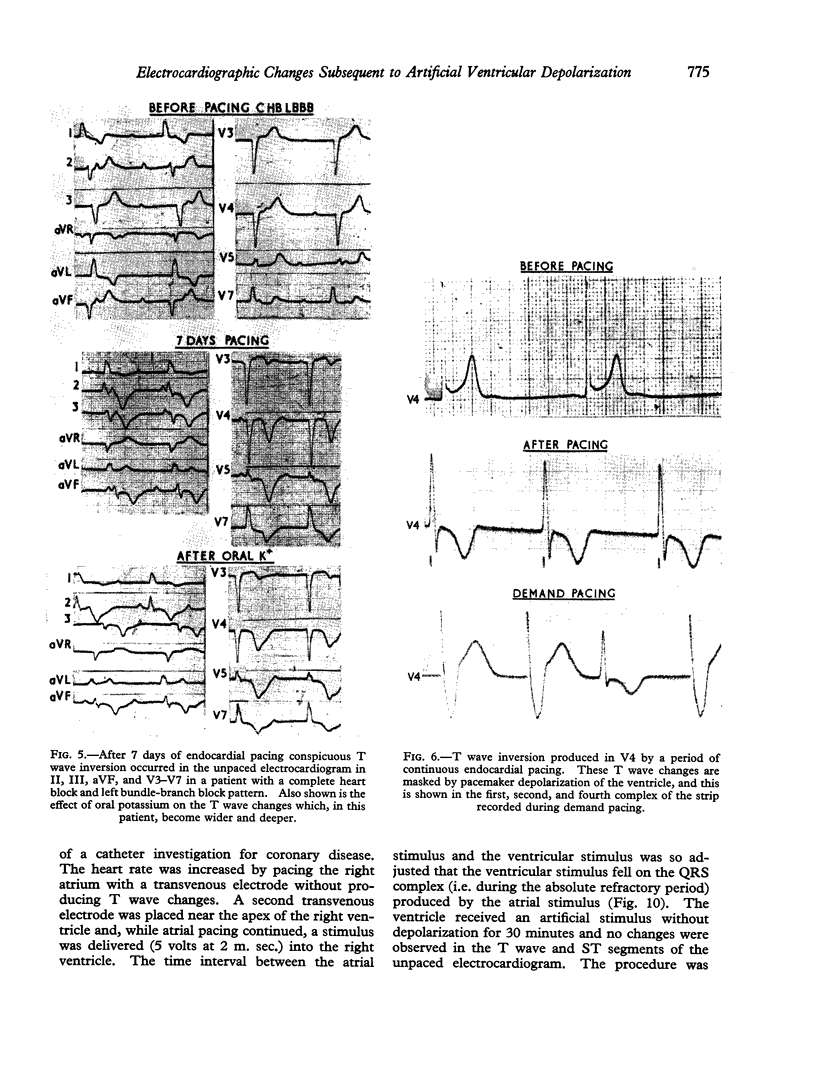
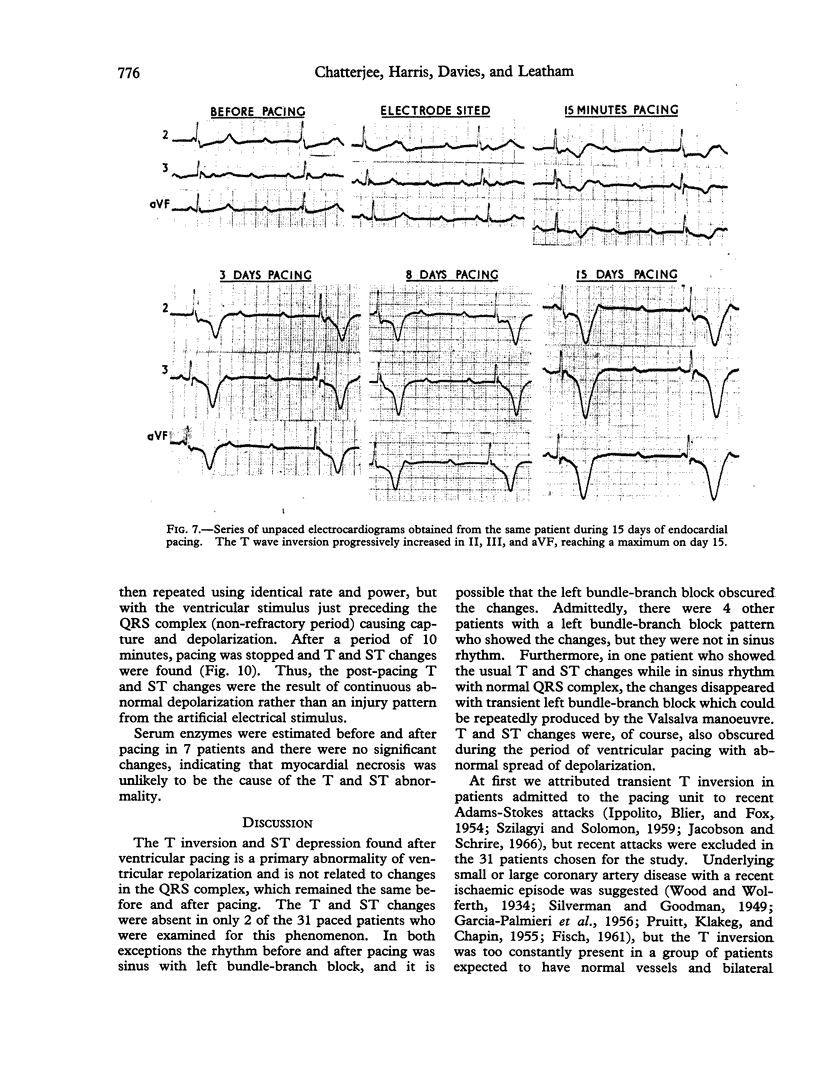
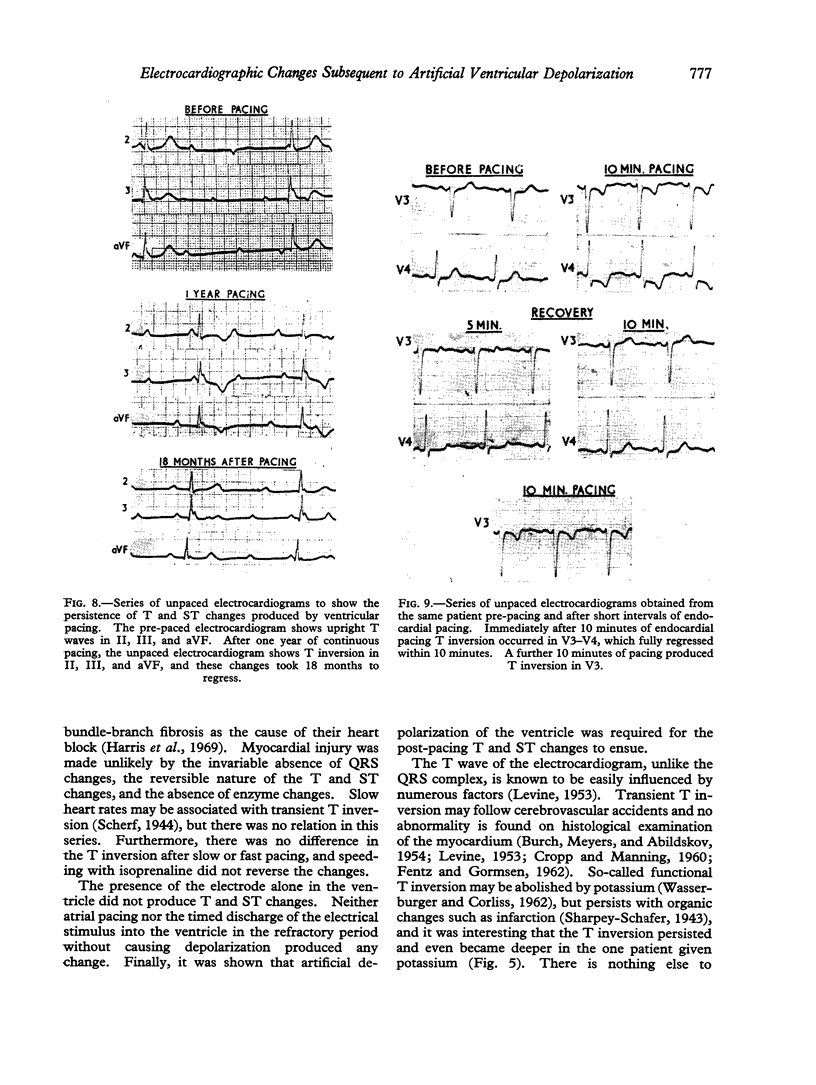
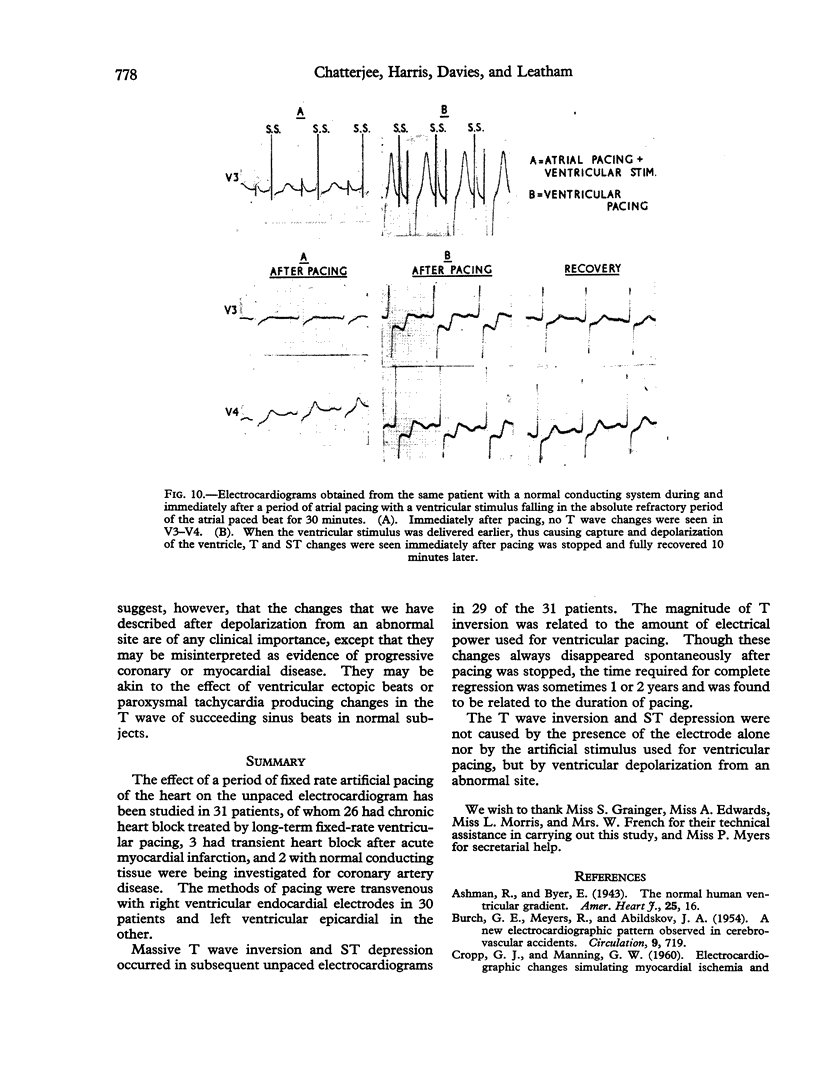
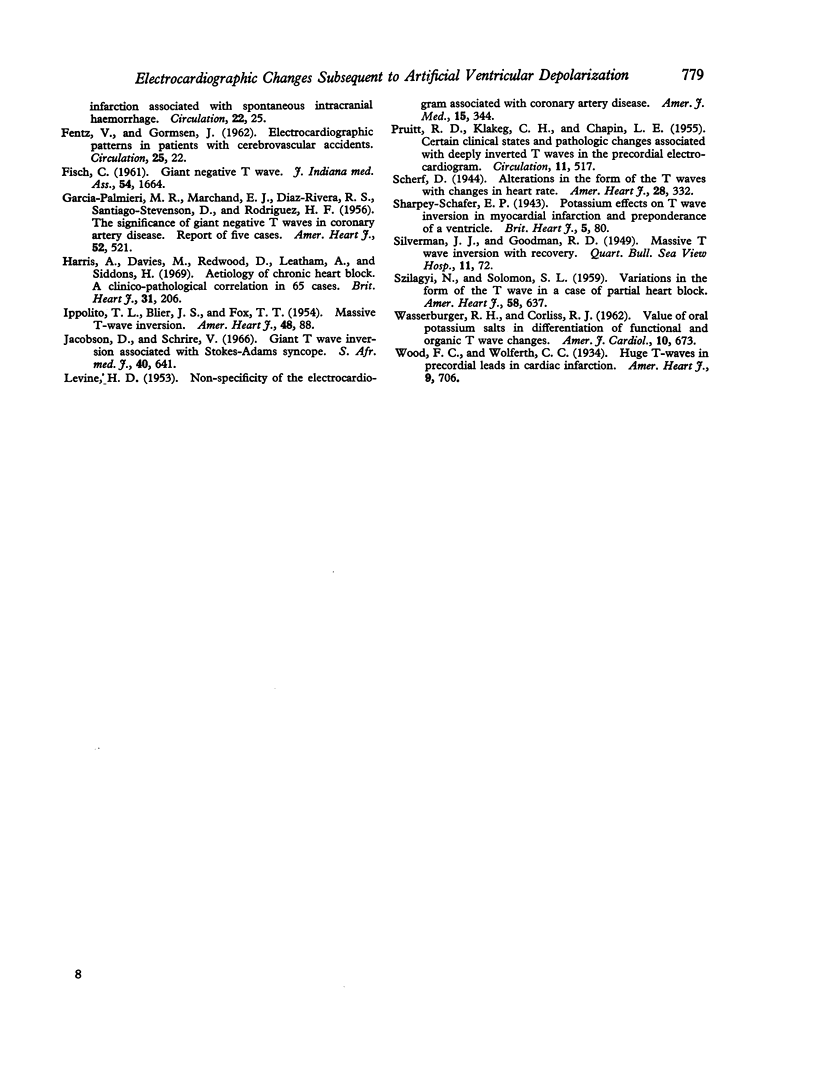
Images in this article
Selected References
These references are in PubMed. This may not be the complete list of references from this article.
- BURCH G. E., MEYERS R., ABILDSKOV J. A. A new electrocardiographic pattern observed in cerebrovascular accidents. Circulation. 1954 May;9(5):719–723. doi: 10.1161/01.cir.9.5.719. [DOI] [PubMed] [Google Scholar]
- CROPP G. J., MANNING G. W. Electrocardiographic changes simulating myocardial ischemia and infarction associated with spontaneous intracranial hemorrhage. Circulation. 1960 Jul;22:25–38. doi: 10.1161/01.cir.22.1.25. [DOI] [PubMed] [Google Scholar]
- DIAZ-RIVERA R. S., GARCIA-PALMIERI M. R., MARCHAND E. J., RODRIGUEZ H. F., SANTIAGO-STEVENSON D. The significance of giant negative T waves in coronary artery disease; report of five cases. Am Heart J. 1956 Oct;52(4):521–532. doi: 10.1016/0002-8703(56)90042-4. [DOI] [PubMed] [Google Scholar]
- FENTZ V., GORMSEN J. Electrocardiographic patterns in patients with cerebrovascular accidents. Circulation. 1962 Jan;25:22–28. doi: 10.1161/01.cir.25.1.22. [DOI] [PubMed] [Google Scholar]
- Harris A., Davies M., Redwood D., Leatham A., Siddons H. Aetiology of chronic heart block. A clinico-pathological correlation in 65 cases. Br Heart J. 1969 Mar;31(2):206–218. doi: 10.1136/hrt.31.2.206. [DOI] [PMC free article] [PubMed] [Google Scholar]
- IPPOLITO T. L., BLIER J. S., FOX T. T. Massive T-wave inversion. Am Heart J. 1954 Jul;48(1):88–94. doi: 10.1016/0002-8703(54)90276-8. [DOI] [PubMed] [Google Scholar]
- Jacobson D., Schrire V. Giant T wave inversion associated with Stokes-Adams syncope. S Afr Med J. 1966 Jul 23;40(27):641–646. [PubMed] [Google Scholar]
- LEVINE H. D. Non-specificity of the electrocardiogram associated with coronary artery disease. Am J Med. 1953 Sep;15(3):344–355. doi: 10.1016/0002-9343(53)90088-6. [DOI] [PubMed] [Google Scholar]
- PRUITT R. D., KLAKEG C. H., CHAPIN L. E. Certain clinical states and pathologic changes associated with deeply inverted T waves in the precordial electrocardiogram. Circulation. 1955 Apr;11(4):517–530. doi: 10.1161/01.cir.11.4.517. [DOI] [PubMed] [Google Scholar]
- SZILAGYI N., SOLOMON S. L. Variations in the form of the T wave in a case of partial heart block. Am Heart J. 1959 Oct;58:637–644. doi: 10.1016/0002-8703(59)90099-7. [DOI] [PubMed] [Google Scholar]
- Sharpey-Schafer E. P. POTASSIUM EFFECTS ON T WAVE INVERSION IN MYOCARDIAL INFARCTION AND PREPONDERANCE OF A VENTRICLE. Br Heart J. 1943 Apr;5(2):80–84. doi: 10.1136/hrt.5.2.80. [DOI] [PMC free article] [PubMed] [Google Scholar]
- WASSERBURGER R. H., CORLISS R. J. Value of oral potassium salts in differentiation of functional and organic T wave changes. Am J Cardiol. 1962 Nov;10:673–687. doi: 10.1016/0002-9149(62)90245-x. [DOI] [PubMed] [Google Scholar]







